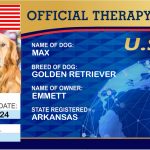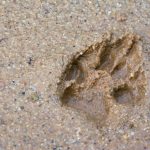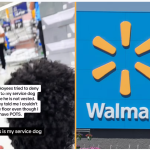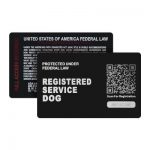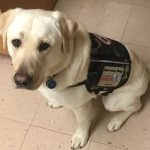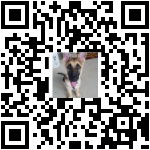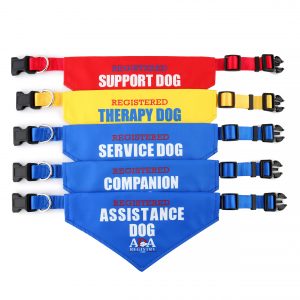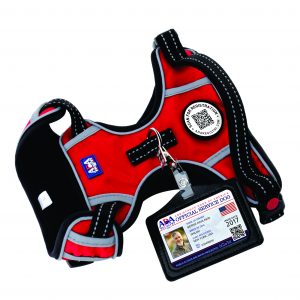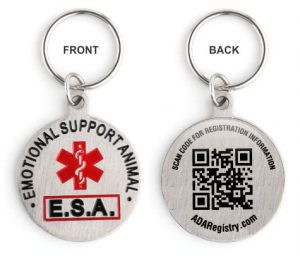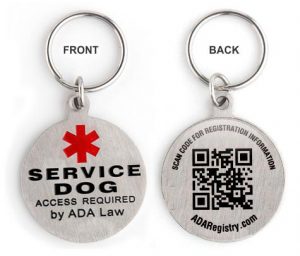Talking About Pets
May 27, 2020
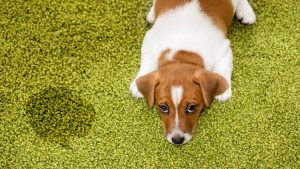
How can I treat heatstroke before rushing my dog to the emergency clinic?
For mild heatstroke, bring your puppy into an air-conditioned space and turn on a fan, so the outside temperature is lower than its body temperature and panting can work. Offer ice cubes to lick, or cold Gatorade or Pedialyte or water to drink, and wrap it in cold wet towels.
For severe heatstroke, soak the pet in cold water from the hose, or in the tub or sink. Place ice packs (bags of frozen peas work well) in its “armpit” and groin region where there are major blood vessels. The cold will chill the blood, and as it circulates, it cools the whole body from the inside. Once its temperature drops to 104 F, wrap him up in a towel and get him to emergency room.
How to identify incontinence in older dogs?
Incontinence is the inability to fully control the bladder and/or bowels. A dog that looks at you and squats to eliminate is probably not incontinent. When a dog is truly incontinent, the urination and/or defecation can happen without the dog realising it until it’s too late. This can make the dog feel shame and even worry about being disciplined. True incontinence is not your dog’s fault. Common findings in incontinent dogs include:
Leaking urine while sleeping; Having a bowel movement while sleeping; Dribbling urine while standing or walking (not squatting first); Dropping stool while standing or walking (not posturing to defecate); Finding wet spots on bedding; Smelling urine and/or faeces on your dog.
How to treat incontinence in dogs?
If your dog is incontinent and there is no treatment to stop it, you can make some adjustments to improve your dog’s quality of life and preserve your sanity.
Increase the frequency of walks and potty breaks. Take your dog out immediately after eating, drinking, and waking up. It’s like how you treat a puppy.
Put waterproof covers on dog beds and other places where your dog sleeps.
Clean soiled areas well with an enzymatic cleaner to keep your dog from being attracted to that area for elimination in the future.
Place puppy pads in easy-to-access areas so your dog can get relief faster.
Use doggie diapers for severe cases. Just be sure to change them frequently to avoid skin irritation and infections.
Bathe your dog’s genital area often to prevent odour, irritation, and infections. You also may want to keep longer hair trimmed short in the genital area to make cleaning up easier.
What is the reason behind the leaking urine in dogs?
Urine leaking may be symptom of a disease process or the consequence of aging. Like in older dogs it may be due to the weakening of the muscles that hold urine or due to developing a disease that affects the bladder or urinary tract. In spayed females, this may be caused by lack of hormone estrogen.
How can you prevent urine leaking in your dog?
Let your dog outside often to urinate. An empty bladder is much less likely to leak.
Train your dog to sleep and lie down only on easy-to-clean surfaces in the house or provide waterproof puppy training pads in the dog’s favourite spots.
Consider having your dog wear doggie diapers, especially at times when you are out of the house.
Properly clean your dog to prevent any infection.
Most importantly, don’t punish your dog. Keep in mind that it’s not the dog’s fault and is simply a part of growing old for many dogs.
Do dogs suffer from social anxiety?
Yes. They suffer from a fear of people, other animals, or unknown places, sights, sounds, and other stimuli in the environment. A dog may be perfectly fine around its human family members then become anxious around strangers, for example. Likewise, some are fine indoors or in their territory, but panic when leaving home. Depending on the dog, the level of anxiety in a social setting can be mild or extreme. It can cause a dog to act out or behave in ways that are not normally observed when it’s in a familiar environment. While some dogs may become very timid, others may feel trapped and cornered, which often results in fear aggression. When a cornered dog experiences the biological fight-or-flight response, the only available action is to fight.
Aggressive behaviour, such as barking, growling or jumping, towards a person or animal.
Timid and fearful behaviour, including cowering behind the owner, whining, or even screeching.
Some dogs show signs of extreme nervousness like panting or drooling. They may even suddenly urinate or defecate without seeming to know it.
Check Out Our Store


